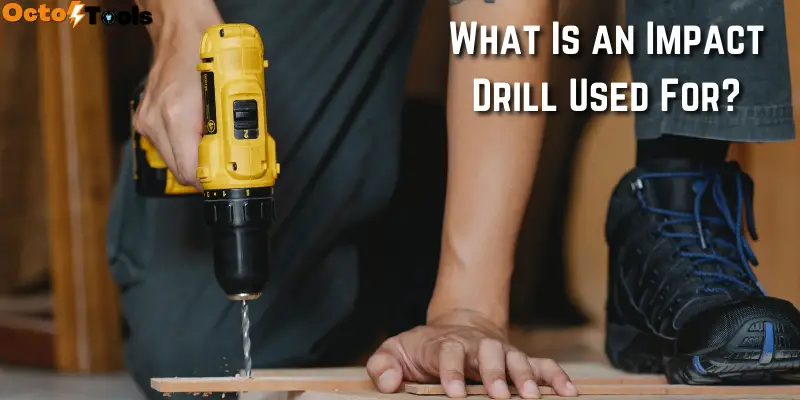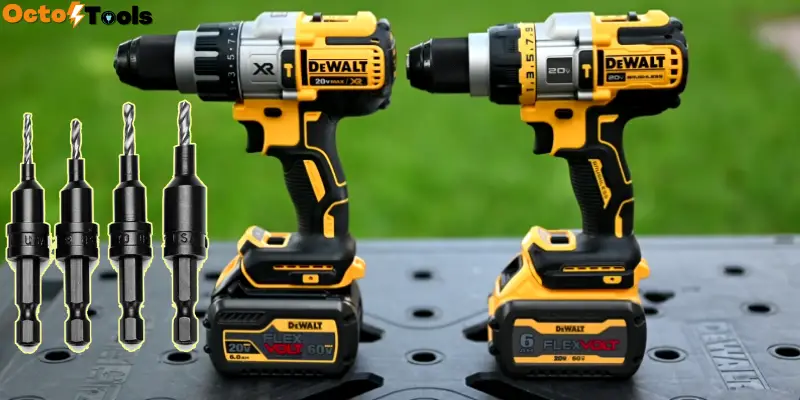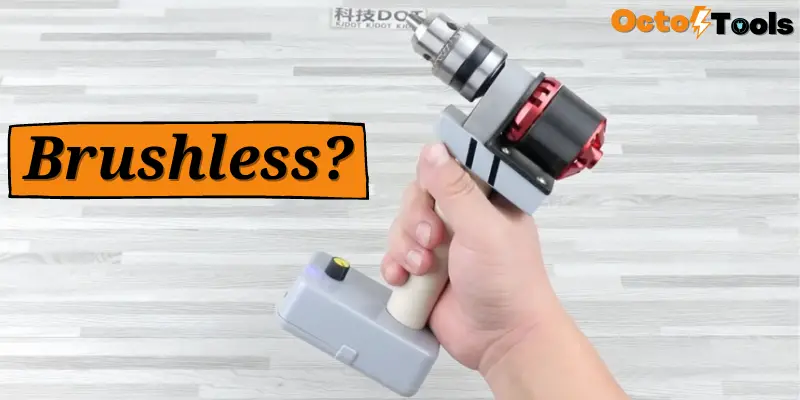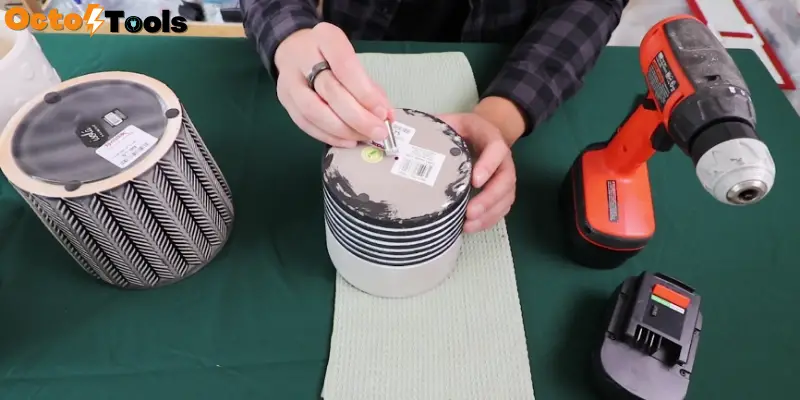At least once in our lifetime, we’ve had to work with a drill machine. If you haven’t yet, you are going to for sure.
Whether you want to punch a hole in your concrete wall, wooden plank, or any metallic surface, you will find a drill bit necessary for each of these.
Each type of bit is different and rightfully so. You cannot use a drill bit made for wooden surfaces to drill holes in metallic surfaces.
And the reason is not one, but multiple factors. The major factor for what kind of drill bit for metal should be used is the heat resistance of the bit. Geometry, size, the material of the bit also matters in this case. Hopefully, we will break all the factors down here.
What Do Drill Bits Mean?
Drill bits are the long slender and carved part of the drilling machine that can be detached and attached to the drilling machine. This is the part used for drilling holes, that is, cutting through a surface.
When you turn a drill machine on, these are the parts that rotate, usually with continuous torques. The force generated due to the rotation puts holes through surfaces.
Drill Bits for Metals & Metallic Surfaces:
3 basic things separate a drill from another. When you are choosing what kind of drill bit for metal, keep these in mind. These are:
Material:
- High-Speed Steel: These are inexpensive, beginner-friendly. High-speed steel bits are easy to use as they are easygoing for drill presses and/or hand drilling. You may as well re-sharpen these drill bits.
- High-Speed Steel + Cobalt Adding: It reaps the same benefits as high-speed steel but better option as the added Cobalt gives a bit more heat and wear resistance.
- Carbide: This is the most expensive material for drill bits out there. But they also give you the best performance through the best heat and chip resistance. A specialty of these bits is that it allows for coolant through-holes.
In coolant-through holes, a high-pressure coolant flows to the drills and flushes the chips out. These bits outlive the Cobalt ones by 10-20 times! It also runs 3-5 times faster.
Coating:
- Bright Finish: The cheapest option among different coatings. Used for: low-carbon steel, Aluminum.
- Black Oxide: Unlike bits with a bright finish, the black oxide finish has a bit more lubricity, resistance to oxidation, and heat treatment that provides for its 50% longer life. It is comparatively inexpensive as well!
- Titanium Nitrite (TiN): The bits are bright gold. It is the most common coating but it is not suitable for materials that transfer a lot of heat to the tool. So, it is not meant for hard materials.
- Titanium Carbo-Nitrite (TiCN): Usually blue or purple. It performs better than TiN and provides a better surface temperature. It is harder than TiN as well. Used for cast iron.
- Titanium Aluminum Nitride (TiAlN): It is a grey colored coating that has a better surface temperature rating than even TiCN. It is spectacular for high-temperature materials. It is a good choice for steel and stainless-steels, although a bad choice for aluminum.
Geometry:
- Length: The most important aspect of a drill machine’s geometry is definitely its length. There are two kinds of lengths available. These are – a) Screw machine length (commonly referred to as ‘stub length) and b) Jobber length. It is usually wise to use the shortest length for any tool. But of course, you need longer bits for longer holes. In this case, it is suggested that you use the shorter but first and then use a longer bit to take that further.
- Drill Point Angle: In the case of a CnC machine, there are two general types of angles. 118o and 135o. The 118o angles are the most common ones for cutting mild steel, aluminum, and soft metals. This is the jobber length drill angle. Whereas 135o angles are found in stub length bits and used to cut hard steel and harder and tougher materials.
- Helix angles: Helix angle is the angle in which twists are carved on the drill bit. This is an important character to consider for proper chip clearance on the bits. Typically, the 30o angles are used in buts for general purpose drilling. Whereas the 10o angle helix should be present in the bits that cut through harder steels and aluminum alloys. Moreover, 40o plus angles are needed to drill through difficult types of machinery of stainless steel.
Which One to Pick?
All the information about the best drill bit to choose for metal drilling is confusing. So, the manufacturers have labeled all this information on commercially available drill bits packaging. You can find the materials, size, shape, and coating labeled on the packages.
A few pro tips for choosing your drill bit is given below:
- Pick a good heat resistant bit if you’re drilling harder surfaces. This may be a bit expensive
- Pick an inexpensive and basic one for metals if you want to drill on a lighter surface for a shorter time.
- If you have a factory of your own, invest in the best drill bits such as Carbide material or TiAlN bits.
To Sum it Up…
For any startup factory or a weekend project, you may need to make some holes in metals any day.
Knowledge about what kind of drill bit for metal should stay with you regardless of the commercial labels. This can save you from purchasing the wrong drilling bit for the surface of metal you want.
Moreover, you should also be able to compare and contrast the benefits of almost similar types of drilling bits, along with their prices. Some drill bits may be a better fit for you rather than more expensive and more sophisticated ones.
You should also be aware of the different lengths of the bits and angles of its point and carving. This is necessary for a precise cut avoiding chip accumulation, a very important issue for metal drilling.
So, before drilling metals, make sure you got the right bit to go.




